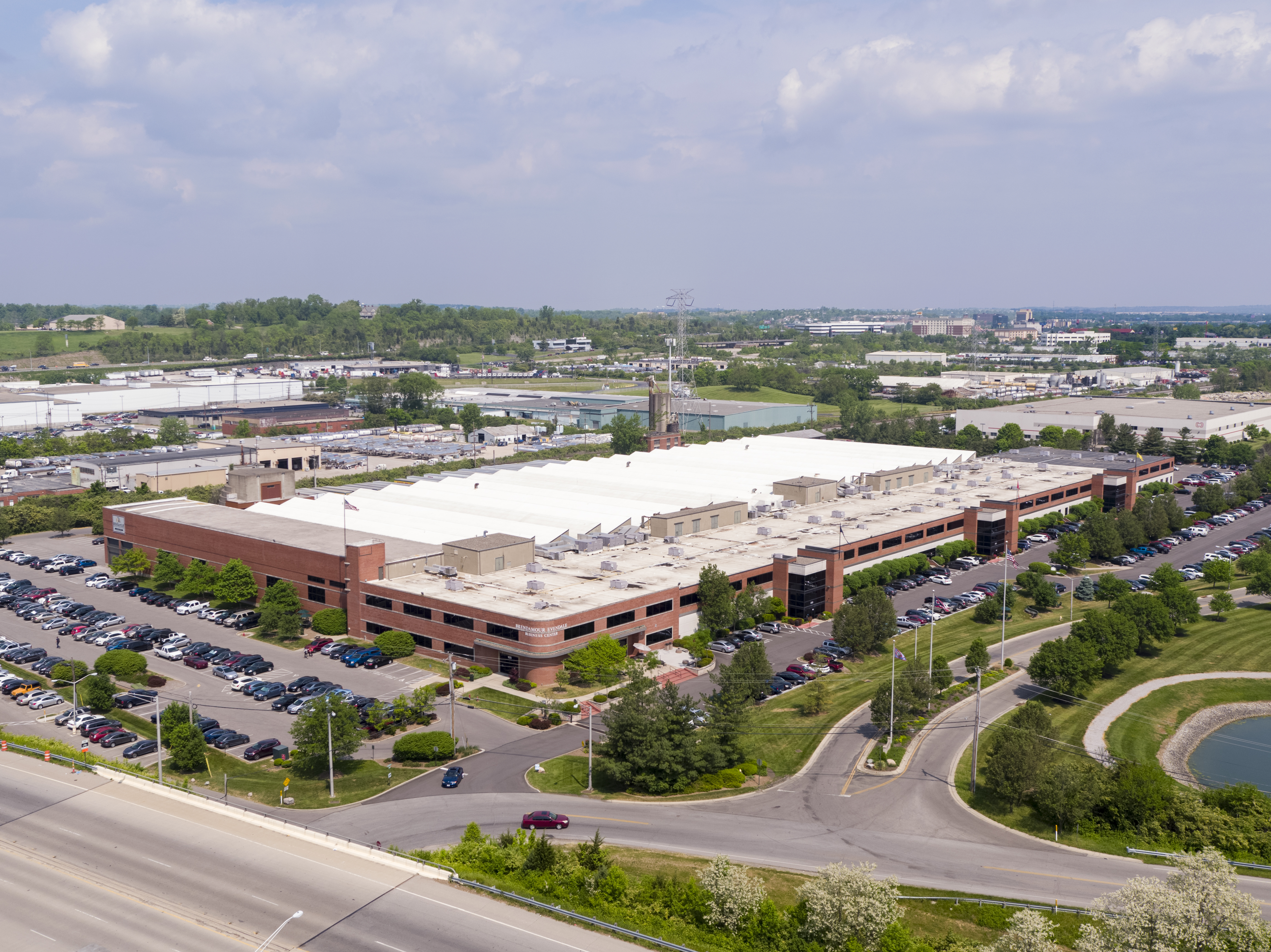As each new year approaches, it brings a wave of fresh trends and innovations, and the public warehousing industry is no exception. While these trends might not be as flashy as the latest fashion styles or the color of the year, the advancements in public warehousing and distribution are set to be game-changers for both businesses and their customers.
Reflecting on the significant shifts that shaped the industry in 2024, we can anticipate even more transformative trends as we head into 2025 and beyond.
In this blog post, we’ll explore five public warehousing and logistics trends that Brendamour Warehousing and other industry leaders have identified.
1. The Internet of Things
The Internet of Things (IoT) is a network of physical assets that are embedded with sensors, software, or other electronics to give them network connectivity capability so they can collect, send, receive, and exchange data.
A lot is being discussed about the IoT and how it can be applied to different applications throughout various industries. In logistics, the IoT allows businesses with enterprise resource planning (ERP) software to integrate all aspects of inventory, warehousing, and distribution activities between the public warehouse it partners with and that facility’s warehouse management system and transportation management system.
This network of connected devices, in turn, gives businesses mobile access to their performance data at any time. This allows for increased accuracy, improved efficiency and reduced costs, essential ingredients for competing in today’s global marketplace.
2. Increased Automation and Robotics
The use of warehouse automation and robotics will continue to grow, with advancements in AI and machine learning driving more efficient operations. These techologies will likely become more prevalent, reducing labor costs and increasing speed and accuracy in order fulfillment:
- Automated guided vehicles (AGVs)
- Robotic arms
- Autonomous mobile robots (AMRs)
We’re also seeing the adoption of drones in warehousing which can improve precision in inventory management and infrastructure surveillance. Drones equipped with advanced cameras and sensors can quickly and accurately track inventory, reducing errors and improving efficiency. They also play a crucial role in maintaining warehouse infrastructure, using thermal imaging and 3D mapping to identify potential issues before they become costly problems. By automating dangerous or labor-intensive tasks, drones improve worker safety while allowing for seamless integration of real-time data into existing management systems. Despite challenges like regulatory compliance and initial investment costs, the benefits of drone technology make it a game-changer for the future of warehouse operations.
3. Advanced Data Analytics and AI Integration
Advanced data analytics and AI integration are becoming essential components in the modern warehousing landscape. By leveraging big data, warehouses can gain deeper insights into their operations, allowing them to make more informed, data-driven decisions. AI enhances this capability by analyzing vast amounts of data in real-time, optimizing inventory management, and predicting demand more accurately. This enables warehouses to maintain optimal stock levels, minimizing the risk of overstocking or stockouts, which can be costly for businesses.
Predictive analytics, powered by AI, takes this a step further by forecasting future trends based on historical data, market conditions, and other relevant factors. This advanced forecasting allows warehouses to anticipate demand more precisely, ensuring that they can meet customer needs without holding excess inventory. As a result, order accuracy improves, supply chain operations become more streamlined, and businesses can achieve greater efficiency and cost savings, making AI-driven analytics a crucial tool for staying competitive in the evolving market.
4. Sustainability Initiatives
Environmental sustainability will be a key focus, with warehouses adopting green practices such as energy-efficient lighting, solar power, and zero-waste operations. We suspect there will be a push towards carbon-neutral warehouse practices, with companies investing in renewable energy sources and sustainable packaging solutions.
5. Collaboration With Third-Party Logistics Providers
A full integration of all systems cannot be accomplished without collaboration among all those involved in a company’s supply chain. But in 2016, businesses will more fully recognize the value of partnering with a third-party logistics (3PL) provider.
A 3PL goes beyond public warehousing and distribution to offer other key logistics services. As an example, Brendamour Warehousing and Distribution is a 3PL because it offers a full array of logistics services, including:
- Warehousing
- Distribution
- Processing
- Packing
- Contract trucking
- Importing and exporting
Collaborating with a 3PL instead of doing logistics internally or using separate vendors affords businesses the opportunity to tap into vast industry knowledge and trends. Consolidating these services often comes with discounted pricing and advantages for businesses due to partnerships their 3PL partners can secure on things like freight and distribution carriers.
Embrace The Trends
Facing a new year brings both excitement and challenges. However, businesses can ease those challenges by hiring the help of a public warehouse with 3PL services.
Brendamour Warehousing, Distribution & Services, with locations in Cincinnati and Northern Kentucky, can help you identify your business needs and establish a plan of action to ensure your supply chain and associated logistics work efficiently and deliver savings to your business. We’re always thinking about new trends in warehousing and distribution and how we can improve our services.
Get your questions answered by contacting Brendamour today for a free consultation.








Leave a Reply
You must be logged in to post a comment.